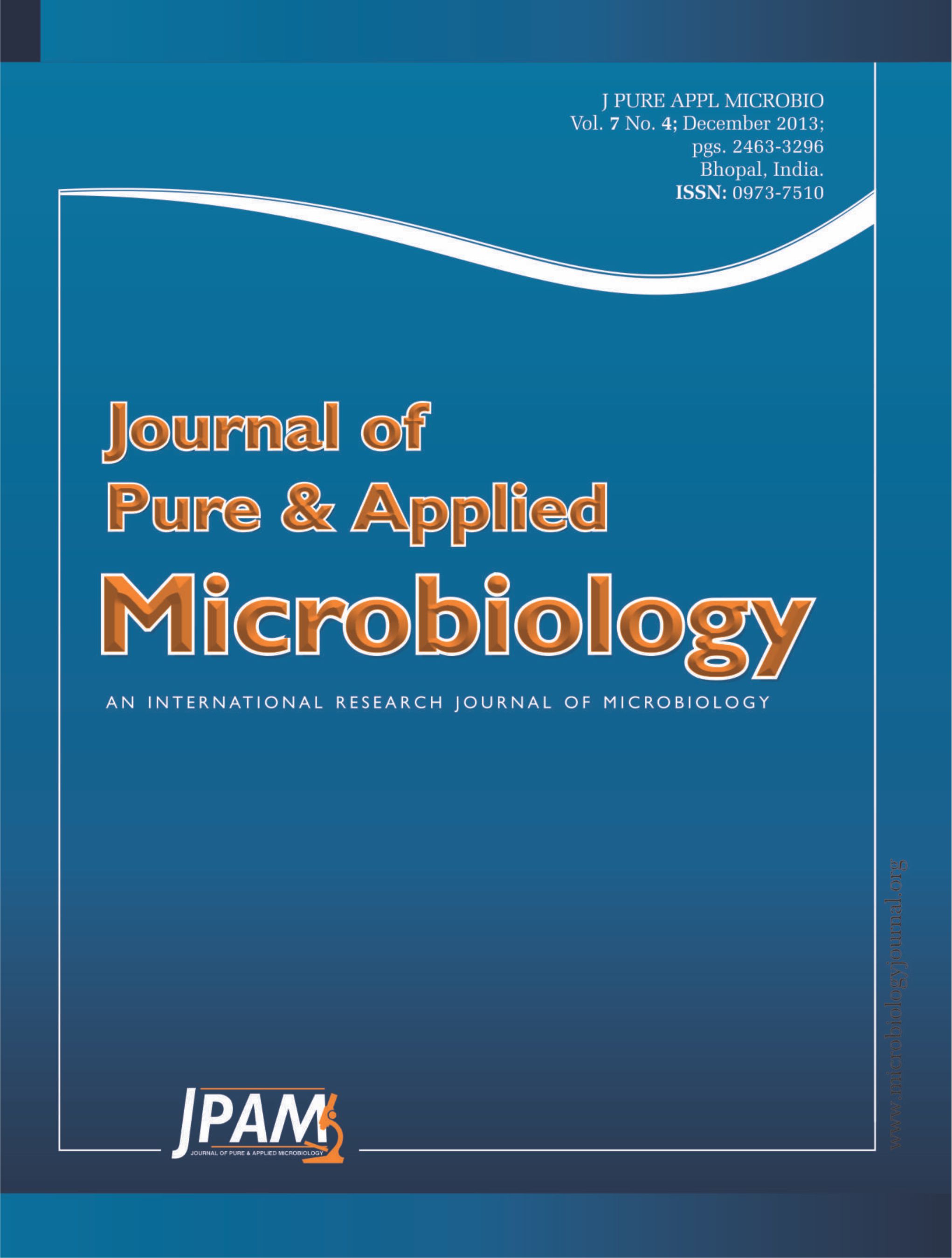Methicillin-resistant Staphylococcus aureus (MRSA) has become an established pathogen in most health care facilities worldwide. Health care personnel who are asymptomatic MRSA carrier serve as the major reservoir of MRSA1. This can be associated with MRSA transmission to both hospitalized patients and community2. The study is aimed at finding out prevalence of nasal carriage of MRSA among hospital personnel and to analyse their antibiogram. Nasal swabs of all personnel involved in direct patient care (n=544) at Institute of Post Graduate Medical Education & Research (IPGME&R), Kolkata, taken. Standard procedures were followed for isolation and antibiotic susceptibility testing of S. aureus. MRSA was detected by disc diffusion method, as per Clinical and Laboratory Standards Institute (CLSI) guidelines. Out of 544 samples tested, 182(33.46 %) were nasal carriers of S. aureus and 63(34.62%) of them were found to be carriers of MRSA. All MRSA isolates were multidrug resistant but were sensitive to Vancomycin and Linezolid. The high rate of MRSA carriage found in this study indicates potential risk of MRSA transmission. This study suggests need for periodic screening of hospital personnel in order to monitor trends and treatment of carriers.
MRSA, Nasal Swab, Health Care Personnel, Kolkata
© The Author(s) 2013. Open Access. This article is distributed under the terms of the Creative Commons Attribution 4.0 International License which permits unrestricted use, sharing, distribution, and reproduction in any medium, provided you give appropriate credit to the original author(s) and the source, provide a link to the Creative Commons license, and indicate if changes were made.


